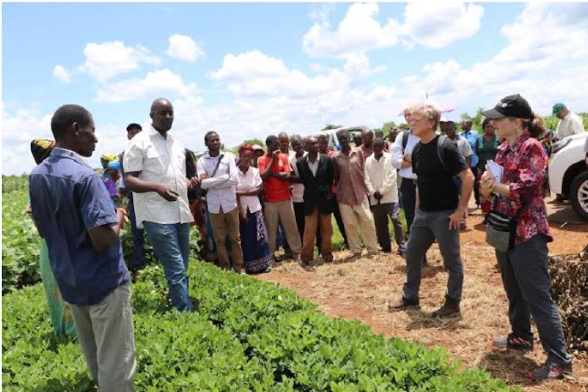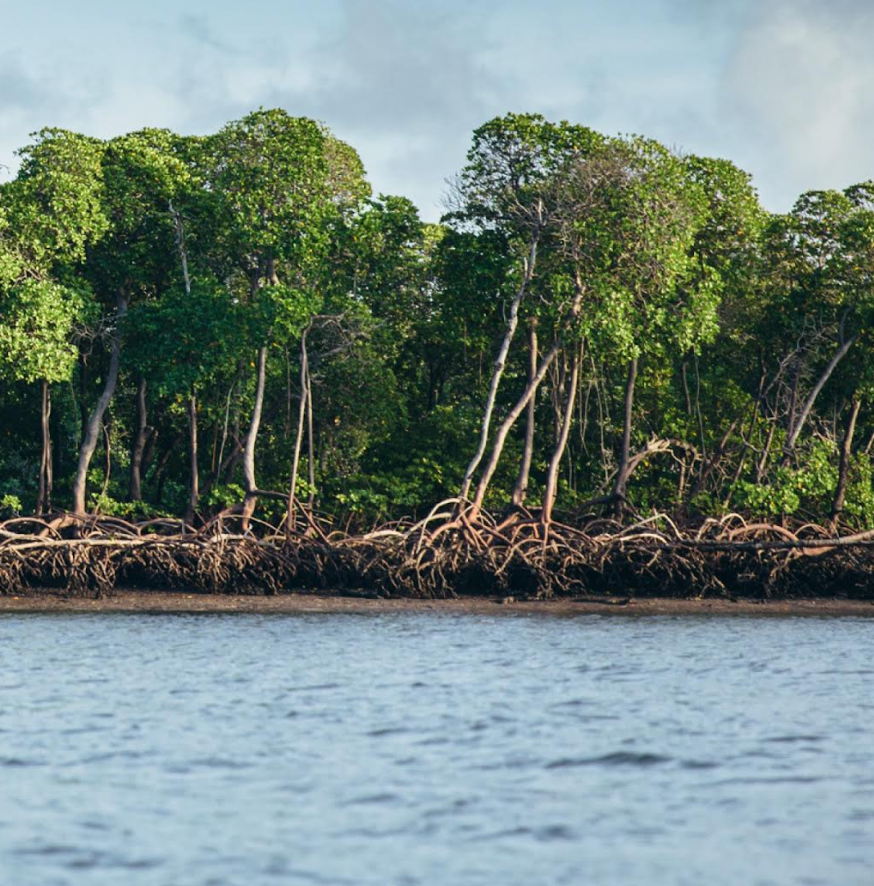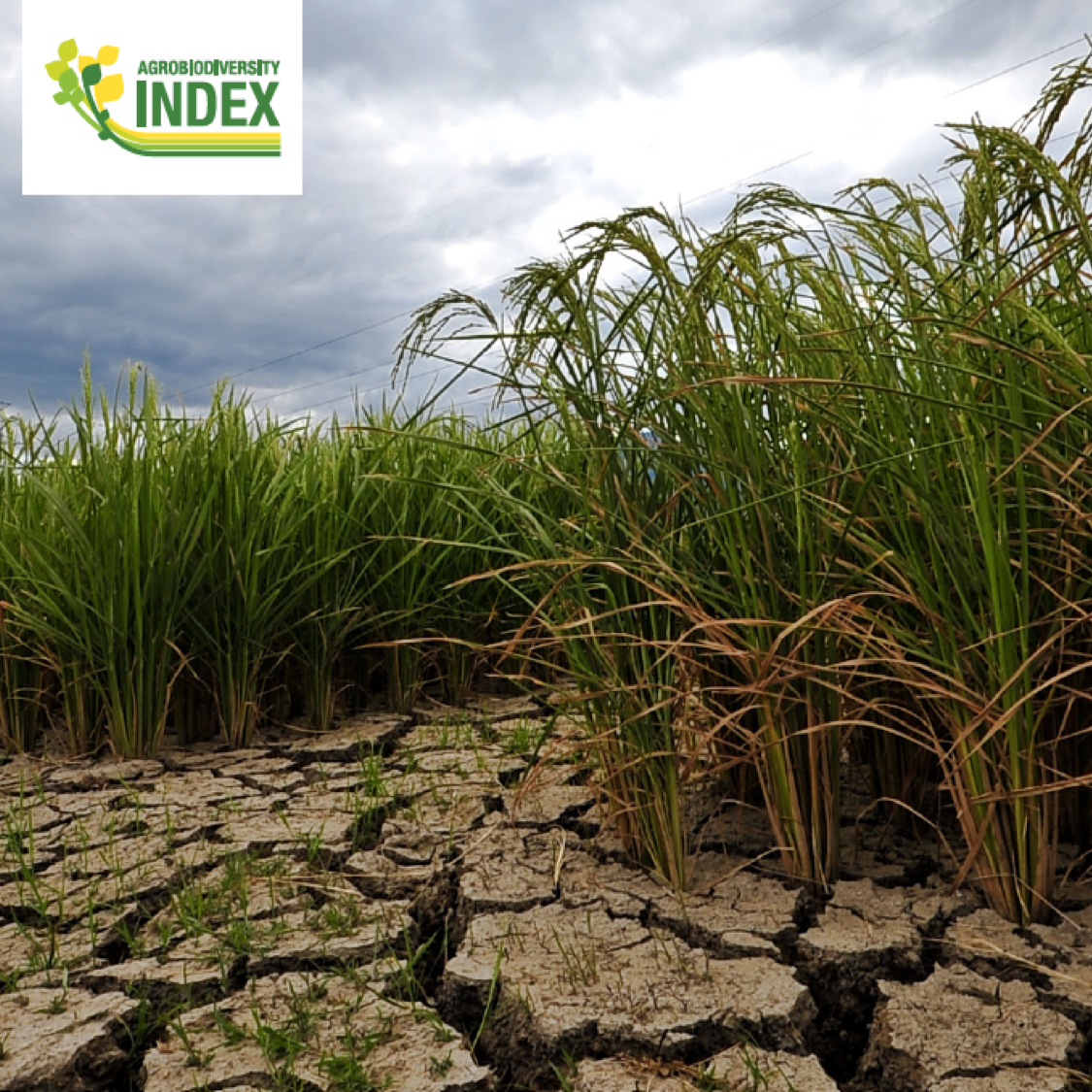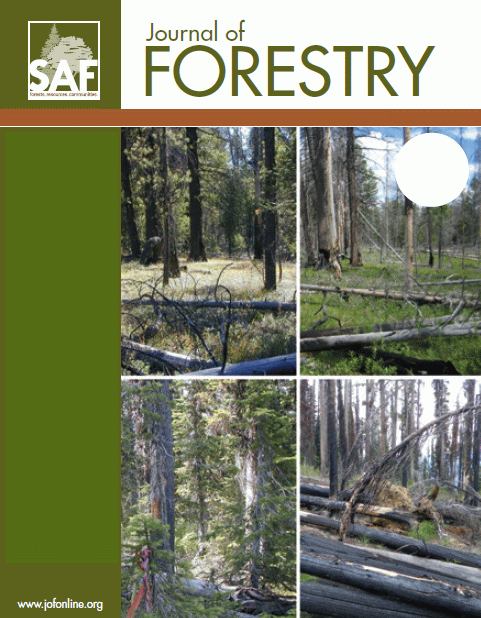Additional publications
Presents findings of an independent review and recommendations for a major USAID-funded R&D program implemented by three CGIAR centers, national research institutions, and other local partners (2020).
Explores opportunities to mobilize significant financial resources for implementing conservation responses to escalating threats to the integrity of the world’s ecosystems in this report by Clarmondial and WWF (2020).
Lays the foundation for consistent, science-based information systems to support robust investment decisions, risk management, and environmental impact reporting in agriculture (2019).
Green bond eligibility criteria for Land Use.
Specifies how green bonds focused on farm and forest landscapes can achieve environmental integrity and comply with the Climate Bonds Initiative certification standard (2018).
Demonstrates how an Agrobiodiversity Index can help investors to screen their portfolios and companies to estimate the impact of sustainability investments (2017).
To improve reforestation efforts, this Biotropica paper explores collaboration strategies for navigating tradeoffs among environmental and social impacts, individual and community incentives, and stakeholders who experience different costs and benefits (2016).
10-Year Research Strategy for Pulse Crops.
Presents an international strategy for increasing investment in five scientific areas that are essential to achieving the potential of pulse crops to increase agricultural sustainability and human well-being (2016).
Advancing climate change policy after the Paris Agreement.
Advises on selection of post-COP21 policy goals through an inventory of strategic opportunities for accelerating global climate action through multilateral cooperation (2016).
Scaling up climate-smart agriculture: Lessons learned from South Asia and pathways for success.
Identifies key ingredients for scaling up effective practices based on workshops and case studies in South Asia to inform policy makers and rural development practitioners in this World Agroforestry Centre publication (2016).
Contributed technical expertise to this Credit Suisse report targeted to sustainability-focused investors (2016).
Brazil, Ethiopia, and New Zealand lead the way on climate-smart agriculture.
Proposes essential policy strategies for realizing a ‘triple win’ of climate change mitigation, adaptation, and food security in this Agriculture and Food Security article (2015).
Distills insights from case studies of export-oriented agriculture in China, Thailand, Vietnam, Indonesia, and the Philippines in this report from the World Bank and EcoAgriculture Partners (2015).
Evaluation of the CGIAR Humidtropics Research Program.
Provides insights for CGIAR Phase II planning through this assessment of an innovative program that has broken new ground in collaborative systems research in Africa, Central America, and Southeast Asia (2015).
Assesses a multi-year international program designed to increase awareness and adoption of biodiversity-friendly practices in agricultural commodity value chains in this report for the International Finance Corporation (2014).
Taking tree-based ecosystem approaches to scale.
Assesses available evidence that combining trees with agricultural production increases food security, climate change resilience, and carbon sequestration in this paper for the World Bank’s PROFOR program (2013).
Ecosystem sustainability through strategies of integrated carbon and land use management.
Explores the long-term potential for resilient carbon cycling within coupled natural-human systems in this synthesis chapter of a Cambridge University Press book on Land Use and the Carbon Cycle (2013).
Agriculture and climate change in national green growth strategies.
Reviews green growth policies intended to achieve both socio-economic progress and environmental conservation in eight countries and assessed the impacts of the 2007-2008 financial crisis in this CGIAR-CCAFS working paper (2013).
Lessons learned from REDD for agriculture.
Draws insights from Reducing Emissions from Deforestation and forest Degradation (REDD) to inform policies and programs for agricultural climate change mitigation in this chapter of a Routledge book on Climate Change Mitigation and Agriculture (2012).
What next for agriculture after Durban?
Shines a light on how to create a ‘safe operating space’ for the global food and climate system in this Science Policy Forum (2012).
The role for scientists in tackling food insecurity and climate change.
Surveys essential contributions from the scientific community for informing strategic investments in climate-smart food systems in this Agriculture & Food Security article (2012).
Food price volatility and hunger alleviation – Can Cannes work?
Evaluates interacting drivers of global food price spikes that threaten progress toward international hunger reduction goals in this Agriculture and Food Security article (2012).
Using air pollution thresholds to protect and restore US ecosystems.
As lead editor for this Issues in Ecology edition, shepherded publication of air quality policy recommendations based on both pollutant emissions and ecological thresholds (2011).
Achieving food security in the face of climate change.
Guided development of a science-based, global framework for coordinated policy action and investment as secretariat to the Commission on Sustainable Agriculture and Climate Change, led by the UK Chief Scientist and convened by CGIAR-CCAFS and the Global Donor Platform for Rural Development (2011).
Research needs for terrestrial mitigation.
Provides specifications for the information system needed to effectively reduce greenhouse gas emissions from farms, forests, grasslands, and wetlands in this European Commission Joint Research Centre report chapter (2011).
Closing the environmental data gap.
Describes a pathway to restore the US knowledge base for effective environmental management in this Issues in Science and Technology article (2009).
Indicators of ecological effects of air quality.
Presents science-based metrics to inform monitoring and integrated assessment of ecosystem response to atmospheric nitrogen, sulfur, ozone, and mercury in this technical report for the US Environmental Protection Agency (2009).
Forest observations and indicators needed to respond to climate change.
This Journal of Forestry paper showcases indicators developed through multi-sector engagement and designed to track change in key forest ecosystem parameters and compare trends over time (2009).
MercNet—Establishing a comprehensive national mercury monitoring network.
Lays the technical foundation for comprehensive monitoring of ecological effects of atmospheric mercury deposition in this report for the US Environmental Protection Agency (2008).
Indicators of carbon storage in US ecosystems: baseline for terrestrial carbon accounting.
Defines scale-able metrics to help policymakers, program managers, and landowners to quantify net terrestrial carbon sequestration in forests, croplands, grasslands, and shrublands in this Journal of Environmental Quality article (2008).






























